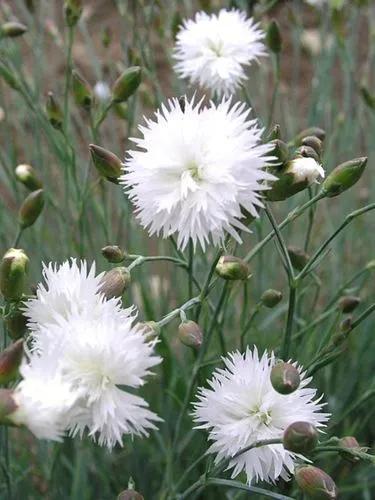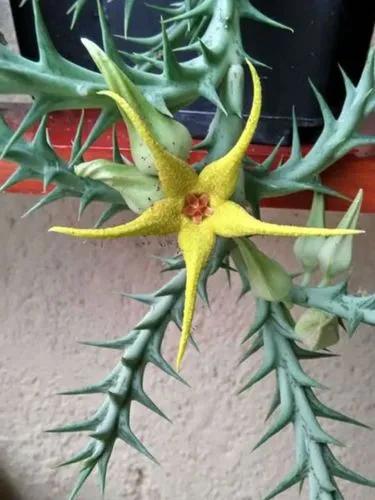Inula conyza, known as ploughman's-spikenard, is a species of plant from family Asteraceae found in Europe, North Africa, and the Near East
Ploughman'S-Spikenard Care
Inula conyza



Inula conyza, commonly called ploughman's spikenard, is a rhizomatous, rosette-forming, sunflower-like biennial or perennial of the aster family that is native to Europe, the Caucasus, Iran and Algeria. It is commonly found on dry rocky cliffs and slopes in areas of stony, chalky, limestone soils (grows abundantly at the Cliffs of Dover in England), but is also found in dry, reasonably infertile, calcareous sites in open woods, grasslands, banks and scrubby areas. It typically matures to 3-4’ tall with a spread to 1-1.5’ wide. Noteworthy features include: (1) thistle-like, rayless, tubular, dusky yellow flowers (disc florets only) in loose terminal umbel-like clusters which bloom July to September, with each flower surrounded by brownish-purple bracts, (2) basal rosettes of petiolate, ovate, foxglove-like lower leaves plus much smaller sessile, lanceolate, upper leaves which decrease in size from the basal rosette to the top of the central flowering stalk, (3) attractive brownish-purple flowering stalks which rise from the center of the basal rosette, and (4) pleasantly aromatic foliage and roots. Roots were formerly used for a variety of purposes including disinfectant, insect repellant and perfume. Plants, including roots, were once hung from the ceilings of ploughman huts in England for purposes of sweetening the air.
This plant is useful.
How to get rid of: Put on gloves and gently pull out the plant with the root system, you can use a shovel for convenience.
Discover more plants with the list below
Popular articles






